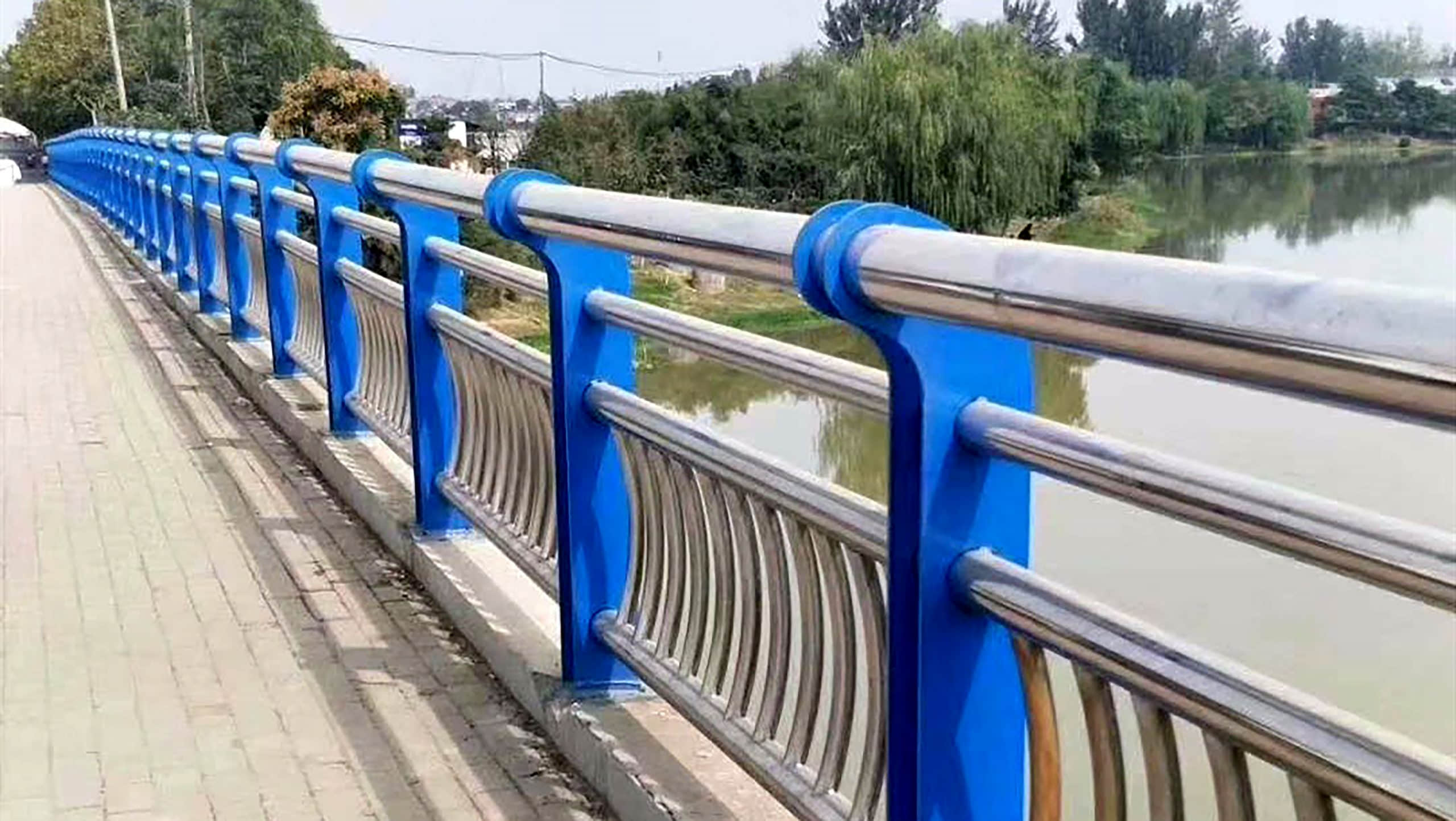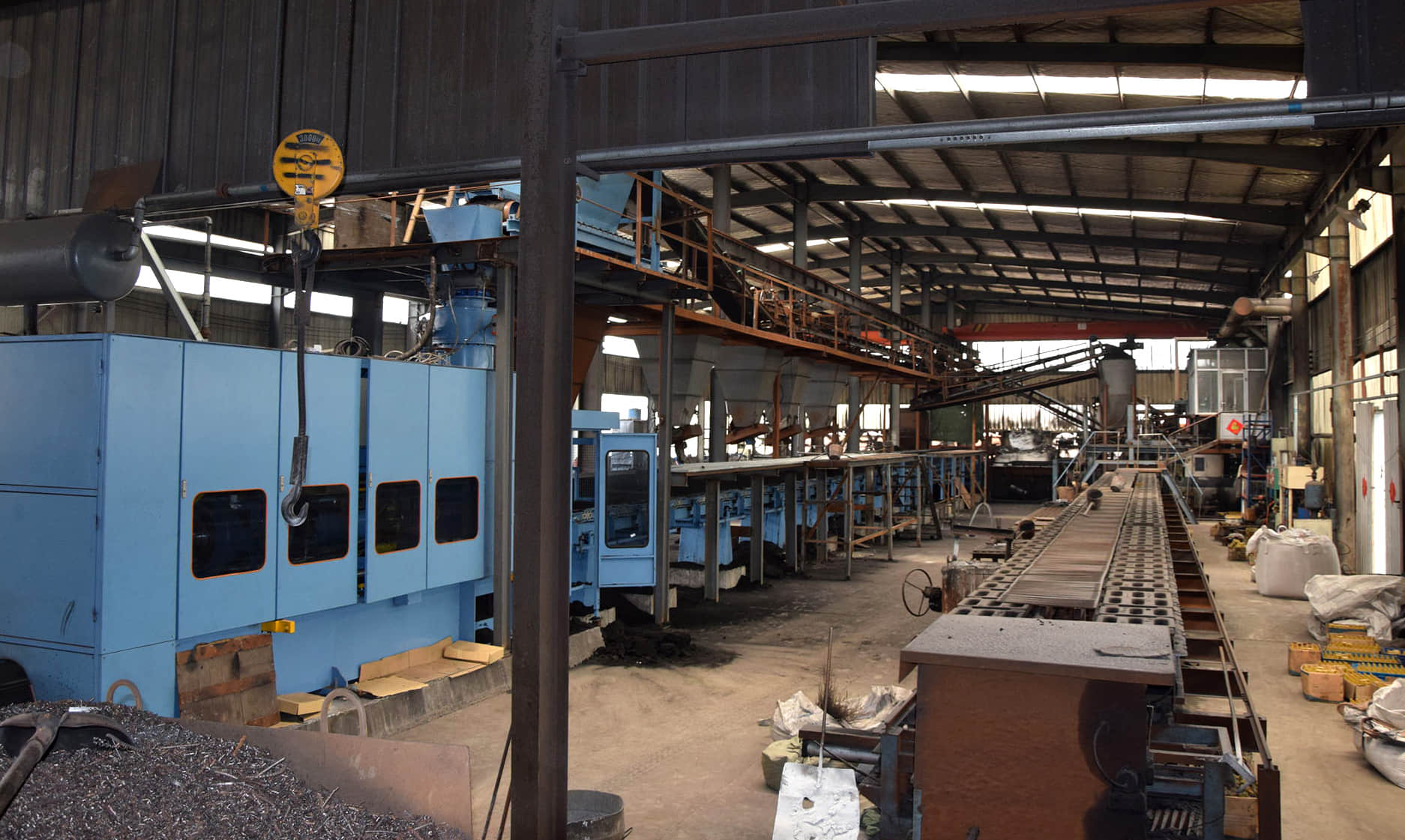In the world of structural support and reliability, the humble iron pole bracket brace emerges as an unsung hero, providing stability and strength to a variety of applications. However, not all bracket braces are created equal, and the distinction often lies in the materials used during the manufacturing process. In this exploration, we unravel the mystery behind high-quality iron pole bracket braces, shedding light on the materials that elevate them to the pinnacle of reliability and performance.

The Foundation: High-Quality Iron
At the core of every durable and robust iron pole bracket brace is, unsurprisingly, high-quality iron. The selection of iron as the foundational material is rooted in its exceptional strength and resilience. The manufacturing process typically involves using wrought iron or steel, both of which offer superior load-bearing capabilities and resistance to environmental factors.
Wrought Iron’s Elegance and Strength
Wrought iron stands out for its unique combination of strength and aesthetic appeal. It undergoes a labor-intensive manufacturing process that involves repeatedly heating and hammering the iron to remove impurities, resulting in a material with unparalleled durability. Wrought iron is favored not only for its structural integrity but also for its ability to be crafted into intricate and visually pleasing designs, making it a top choice for premium-quality iron pole bracket braces.
The Power of Steel
Steel, an alloy of iron and carbon, is another stalwart in the realm of high-quality bracket braces. Its versatility and customizable properties make it a preferred choice for various applications. The addition of carbon to iron enhances its strength, making steel bracket braces adept at handling heavy loads and providing long-lasting support. The inherent corrosion resistance of steel further ensures the durability of the bracket braces, even in challenging environments.
Galvanized Brilliance: Protecting Against Corrosion
While high-quality iron provides a solid foundation, the journey to crafting an exceptional iron pole bracket brace doesn’t end there. The menace of corrosion is a persistent threat, particularly for structures exposed to the elements. This is where galvanization comes into play.
The Galvanization Process
Quality iron pole bracket braces often undergo a galvanization process, where the iron or steel is coated with a layer of zinc. This coating acts as a powerful shield against corrosion, protecting the underlying iron from rust and decay. The galvanization process involves immersing the bracket brace in a bath of molten zinc, ensuring a uniform and robust protective layer.
Zinc: The Guardian Against Rust
Zinc, in addition to being a formidable barrier against corrosion, offers sacrificial protection. In the event of any scratches or nicks in the coating, the zinc corrodes instead of the underlying iron or steel. This dual-layer protection significantly extends the lifespan of the iron pole bracket brace, making it a resilient and long-lasting structural component.
Alloy Advancements: Pushing the Limits of Strength
While traditional iron and steel provide a solid foundation, advancements in metallurgy have paved the way for alloyed materials that push the limits of strength and durability.
High-Strength Alloys
In the quest for superior load-bearing capabilities and resistance to extreme conditions, manufacturers often turn to high-strength alloys. These alloys combine iron with elements such as chromium, nickel, or molybdenum to enhance mechanical properties. The result is a bracket brace that can withstand higher stresses and offers exceptional performance, especially in demanding applications.
Corrosion-Resistant Alloys
For environments where corrosion poses a significant threat, the use of corrosion-resistant alloys becomes paramount. Alloys like stainless steel, which contains chromium and nickel, exhibit remarkable resistance to rust and corrosion. Stainless steel iron pole bracket braces are well-suited for outdoor installations, coastal areas, or any location where exposure to moisture is a concern.
Precision in Design: Engineering Excellence
In addition to the choice of materials, the engineering and design aspects play a pivotal role in the creation of high-quality iron pole bracket braces.
Computer-Aided Design (CAD) and Finite Element Analysis (FEA)
Leading manufacturers leverage advanced technologies such as CAD and FEA to design bracket braces with precision and accuracy. Computer simulations and analyses help optimize the structure, ensuring that the brace can withstand anticipated loads and environmental stresses. This meticulous approach to design contributes to the overall quality and reliability of the bracket brace.
Customization for Specific Applications
High-quality iron pole bracket braces are not one-size-fits-all solutions. The ability to customize the design based on specific application requirements is a hallmark of excellence. Whether it’s adjusting dimensions, altering load-bearing capacities, or incorporating unique features, customization ensures that the bracket brace is tailored to meet the demands of its intended use.

Quality Assurance: Certifying Excellence
To substantiate the claim of being a high-quality iron pole bracket brace, rigorous quality assurance processes and certifications come into play.
ISO Certification
Reputable manufacturers adhere to international standards for quality management, such as ISO 9001. This certification attests to the implementation of robust quality control measures throughout the manufacturing process, ensuring that each bracket brace meets stringent quality criteria.
Material Testing and Certification
Quality iron pole bracket braces undergo thorough material testing to validate their mechanical properties. This includes tensile strength tests, impact resistance assessments, and examinations of the protective coatings. Material certifications provide assurance regarding the strength, durability, and corrosion resistance of the bracket brace.
Installation Expertise: Ensuring Performance
Even the highest-quality iron pole bracket brace may fall short if not installed correctly. Professional installation by experienced technicians ensures that the bracket brace functions optimally and provides the expected level of support.
Proper Alignment and Secure Fastening
During installation, precise alignment of the bracket brace is crucial for its load-bearing efficiency. Additionally, secure fastening using appropriate hardware prevents unnecessary stress on the brace and ensures its stability over time. Proper alignment and fastening contribute to the overall performance and longevity of the bracket brace.
Conclusion: Elevating Structures with Quality Iron Pole Bracket Braces
In conclusion, the journey from raw materials to the creation of high-quality iron pole bracket braces is a meticulous process that involves thoughtful material selection, advanced engineering, customization, and stringent quality assurance. The combination of premium iron or steel, strategic galvanization, alloy advancements, precise design, and professional installation culminates in a bracket brace that not only provides structural support but does so with longevity, resilience, and aesthetic appeal.
Choosing a quality iron pole bracket brace is not just an investment in a structural component; it’s an investment in the reliability and durability of the entire structure it supports. As these unsung heroes stand guard, they exemplify the marriage of strength and sophistication, elevating structures to new heights of excellence.





